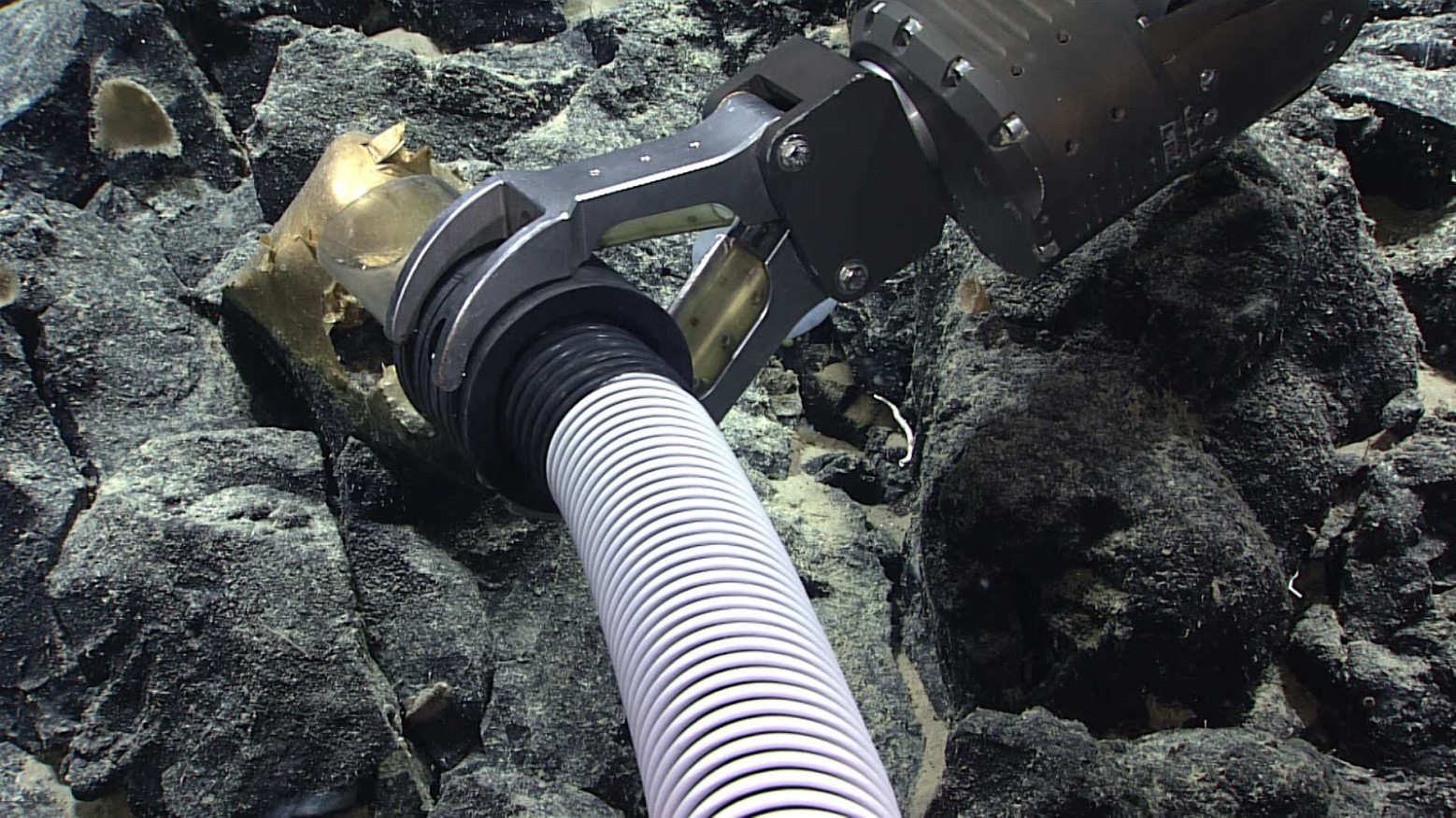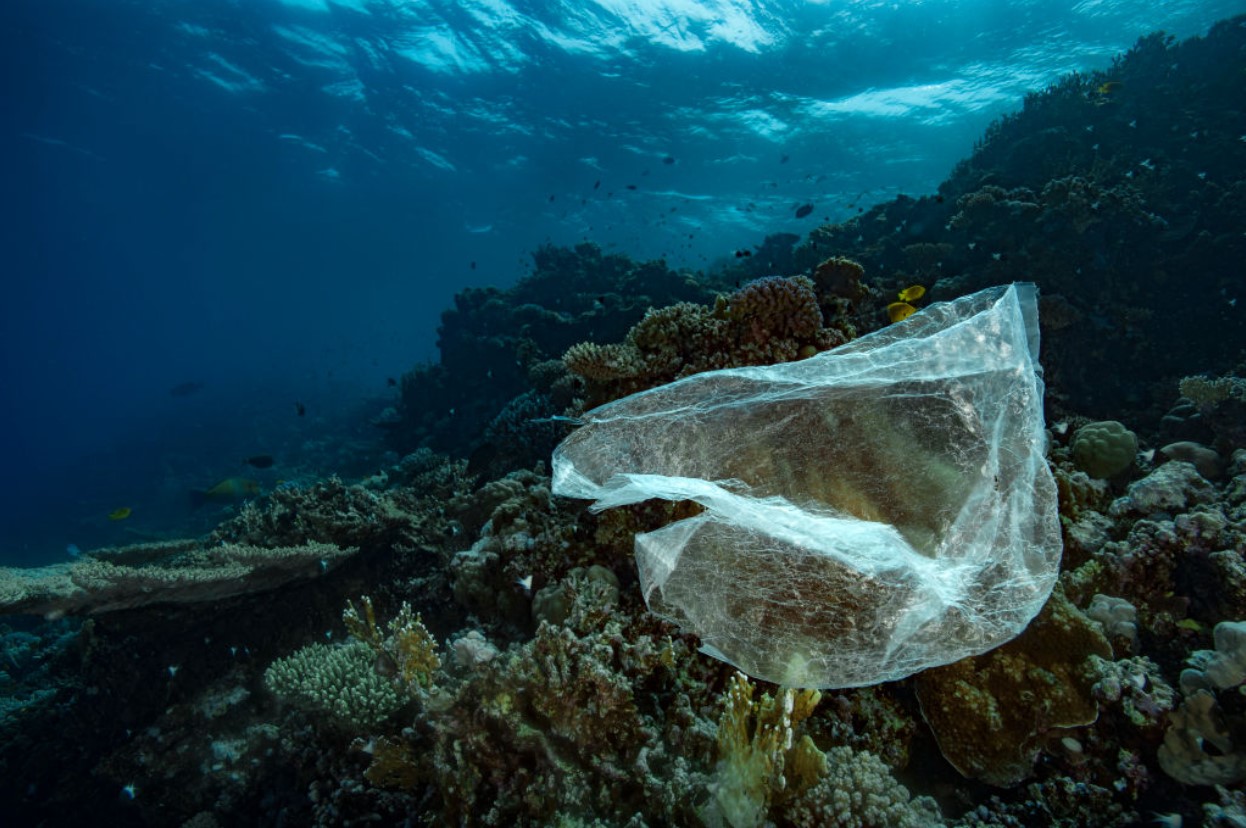Mysterious Golden Blob Found on the Ocean Floor Stumps Scientists and Reminds Us How Little We Know About Our Oceans
During a deep sea exploration off the coast of Alaska, researchers found a gold blob on the ocean floor; the fascinating part is that no one knows what it is.
The gold dome or blob was carefully extradited from the seafloor and brought to the surface for assessment, but even days later, no scientists could tell exactly what this thing was. And now, questions and conversations surrounding the blob have gained international attention.
The NOAA Alaska Mission
The National Oceanic and Atmospheric Administration (NOAA) has been mapping the seafloor around Alaska for several weeks in order to better understand the area.

Source: Alexis Rosenfeld/Getty Images
The mission has enabled researchers to study “deep-sea coral and sponge habitats, fish habitats, chemosynthetic communities and the water column and to improve knowledge of past and potential geohazards.”
Diving Down to the Deep
Most of the NOAA mission has been completed with sonar technology and ROVs (remotely operated vehicles) because the ocean floor in the Gulf of Alaska is simply too deep for divers.

Source: Alessandro Rota/Getty Images
These ROVs are exploring depths between 650 and 19,700 feet, and they found the miraculous and wildly intriguing golden blob about two miles (10,560 feet) below the surface.
Seeing the Gold Dome for the First Time
When the ROV passed over the gold blob, researchers on board watching the real-time video couldn’t believe what they were seeing.

Source: Oceanexplorer.NOAA.gov
In the live-stream video posted by the NOAA, viewers can hear researchers discussing the finding. With a few theories as to what it might be and even some jokes, the researchers wonder aloud if it’s an egg casing, an encrusted sponge, or maybe even a bit of coral.
Describing the Mysterious Blob
One scientist said, “It’s like the beginning of a horror movie,” while another commented, “Pretty sure this is how the first episode of ‘X Files’ started.”

Source: Facebook
But the truth is that no one could definitively say just what the mysterious gold blob might be. So the scientists maneuvered the ROV to collect it and bring it to the surface for further observation and analysis.
Researchers Still Can’t Understand the Blob
Even after being brought to the surface and analyzed, NOAA researchers still have no idea what this thing is.

Source: @oceanexplorer/X
The only thing they do know for sure is that it’s “biological in origin,” according to the expedition’s coordinator Sam Candio. He explained to the press that while scientists frequently find strange phenomena on the ocean floor, they can usually at least categorize them in some way.
Bewilderment Surrounding the Blob
Kerry Howell, a deep sea ecologist from the University of Plymouth in England, told the media, “What’s unusual about this thing is we’re not even sure what it is. Is it an egg, is it a sponge, what is it?”

Source: iStock
No one yet knows what this odd and perplexing biological blob is, so it’s currently on its way to the lab for further assessment.
The Unknowns of the Ocean
The Earth’s oceans cover a whopping 70% of the planet, but much of that water is completely untouched by human beings.

Source: George Rose/Getty Images
So, many researchers and scientists have taken it upon themselves to explore the world’s oceans in order to better understand this planet we live on, as well as look for important information.
Why Exploring the Deep Sea Is so Important
These researchers claim that one of the most prominent reasons why deep sea exploration is so important is that they may just find “new sources for medical therapies and vaccines, food, energy and other societal benefits and knowledge.”

Source: EMD/Then and Now Images/Heritage Images/Getty Images
Of course, even for those who don’t find food or sources for medicine on the ocean floor, its exploration is still wildly interesting.
The Curiosities of the Deep
Jon Copley, a marine biologist from the University of Southampton in England, told the press that, “We often find things in the deep ocean that we haven’t seen before or don’t immediately recognize, because the deep ocean is vast and we’ve only been exploring what lives there over the past couple of centuries, unlike life on land.”

Source: iStock
Sam Candio summed it up perfectly in his statement, “Isn’t the deep sea so delightfully strange?”
Why Understanding Our Oceans Is Crucial
As well as exploring the deep sea for unknown plants and animals, many researchers also believe that understanding our oceans is essential to combat climate change and analyze weather patterns.

Source: Alexis Rosenfeld/Getty Images
We already know that the oceans affect the land we live on, but by mapping the depths of the ocean, meteorologists and environmentalists hope to gain a more concrete understanding of how they do so.
What Else Will We Find Below?
The mysterious gold blob is certainly one of the most interesting finds from deep-sea explorations in recent years.

Source: iStock
But as technology improves and ROVs and sonar technologies are able to go deeper and deeper into the abyss, there’s no telling what they’ll find down there.
